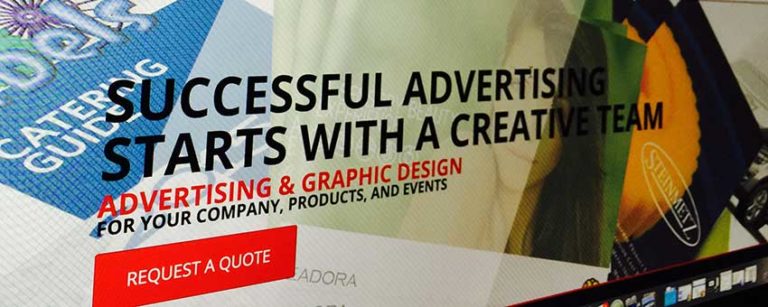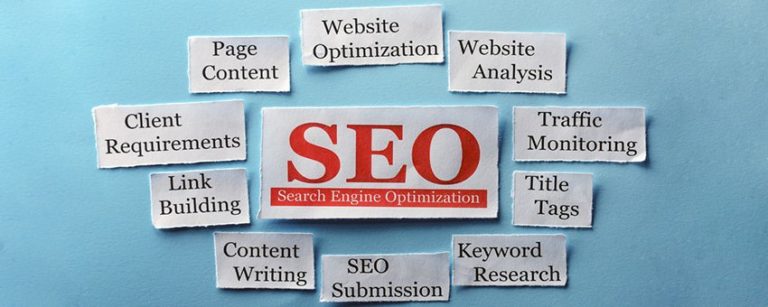3 Rules to Follow when Managing a Business Blog

Corporate bloggers are facing a dilemma. They’re struggling to decide the direction of their business blog. On one hand, they know that they need to sharpen their brand and build their authority; on the other, they know that need to make sales. They’re mired in this question: Do I focus on providing great, free content to readers, or do I emphasize my products and services throughout the blog?
The truth is that there is no authoritative blog without great, valuable content, just as there is no profitable blog without a carefully thought out sales campaign. As a business blogger, you need and want the best of both worlds. The good news is that this is far from unattainable.
Should I Focus on Sales or Building My Authority?
You need both. Sales and authority do not have to be mutually exclusive. A focus on authority shouldn’t sacrifice the pursuit of profit, and vice-versa. A successful blog is one that is well-rounded, filled with great content, has loyal readers, shows thought leadership, provides awesome interaction, and an active community, lead generation, sales campaigns. When you can juggle all of that without dropping the ball, you have a real winner in your hands.
It’s not unintentional that I referred to managing your blog as a juggling act. That analogy isn’t too far off, as you’ll have several things in the air simultaneously, and you’ll need to handle them all with grace, precision, and care.
Rule #1: Give ‘Em a Reason to Return
We shouldn’t have to extol the many virtues of providing great content. It’s the difference-maker between having a mediocre, unessential blog and an exceptional one that people can’t get enough of. It’s no secret that nothing will build your authority faster than valuable content, but let’s think of it in a slightly different way.
Great content gives your readers a reason to return. When you deliver real, actionable value there is an incentive for them to keep coming back. And, yes, this type of “epic” content is tough to create. If you’re the one writing the content, it can consume hours, maybe days. This is why many corporate bloggers are gun-shy when it comes to producing epic content—they don’t have the time, or they just don’t know how to write it. But what people don’t understand is that great, free content is a loss leader, and a very powerful one, at that.
The top bloggers understand this. That’s why most of the top-tier blog posts you’ll see are over 500 words, are filled to the brim with value, and hook their readers like bait to fish. At the outset of every blog post you write, approach it like a loss leader.
Ok, so you’ve been producing robust, attention-grabbing content. That’s half the battle. Now you need to start balancing the type of content you release. To start, you should have been creating long-form, value-packed blog posts to incite curiosity and whet your readers’ appetites. The more essential your blog is, the more leeway you have to sell your products.
Generally, you want to curtail heavy self-promotion. But once you have some authority built, and you have some rapport between you and your readers, it’s good to start blogging about your business. Every now and then parcel out details about your company, what you do, how you can help the average reader to your blog. An example:
You’re a fitness trainer looking for new clients. You might create a valuable blog post about how to get rid of excess fat around the stomach using a few simple exercises. At several points in the post, you can mention that you are a personal trainer, and can help solve this belly fat problem. The key, though, is to provide value throughout the post. Subtlety is the goal. If you highlight a problem in your post (i.e pesky belly fat), actually provide the solution in that same post (i.e give them a few exercises that will work for them).
Don’t highlight a problem only to present your company, product, or service as the only solution, as that will look painfully obvious and desperate. It’s perfectly fine to mention your company, product, or service while dishing out the best tips and advice that you possibly can.
It’s also good to have blog posts that are dedicated to talking about your company, what you do, your history, your philosophy, what the future holds, etc. The purpose of this type of post is twofold:
- Build a familiarity between you and your audience. The more that they get to know you, the better.
- Make your readers aware of your business and what you have to offer.
Don’t overuse this type of post, though. No one wants to read a blog that talks only about itself constantly.
Know how to capture leads
You should be collecting the emails of your readers. There are several purposes for doing so:
- Being able to alert the reader about a new blog post, announcement, or whatever.
- Being able to sell to them directly. While a blog post generally won’t be too sales-driven, an email will have more opportunities to sell your product or company.
- If your company wishes to sell on the phone or in person, then collecting an email (and more info, like a phone number) is very powerful.
A well-designed email campaign is a stellar way to sell, as it doesn’t really compromise the quality of your blog (as you’ll be doing the selling via email). Now, just as blogging, you still want to provide valuable content in your email. Don’t be too sales-driven, because that will guarantee a flood of unsatisfied subscribers. Stick to this: For every 1 promotional email, have 3-4 that are not promotional.
A couple things about collecting emails:
- You need to offer something for free as an incentive for someone to give you their email address. An ebook/whitepaper, a value-packed webinar, a service—you should deliver something of value in exchange for their email address.
- Use an email autoresponder system. GetResponse, Aweber, Mailchimp are all great options.
- Determine the method (meaning, the “when, where and how”) of collecting the emails. There are many ways to skin a cat: Popups, landing pages, exit pages, a sidebar opt-in.
The Next Step
If you have a business blog and you aren’t using the strategies listed in this post, it’s time to reevaluate your content marketing strategy. Take the next step and follow the 3 rules, and you’ll see a huge difference in the performance of your blog.

















